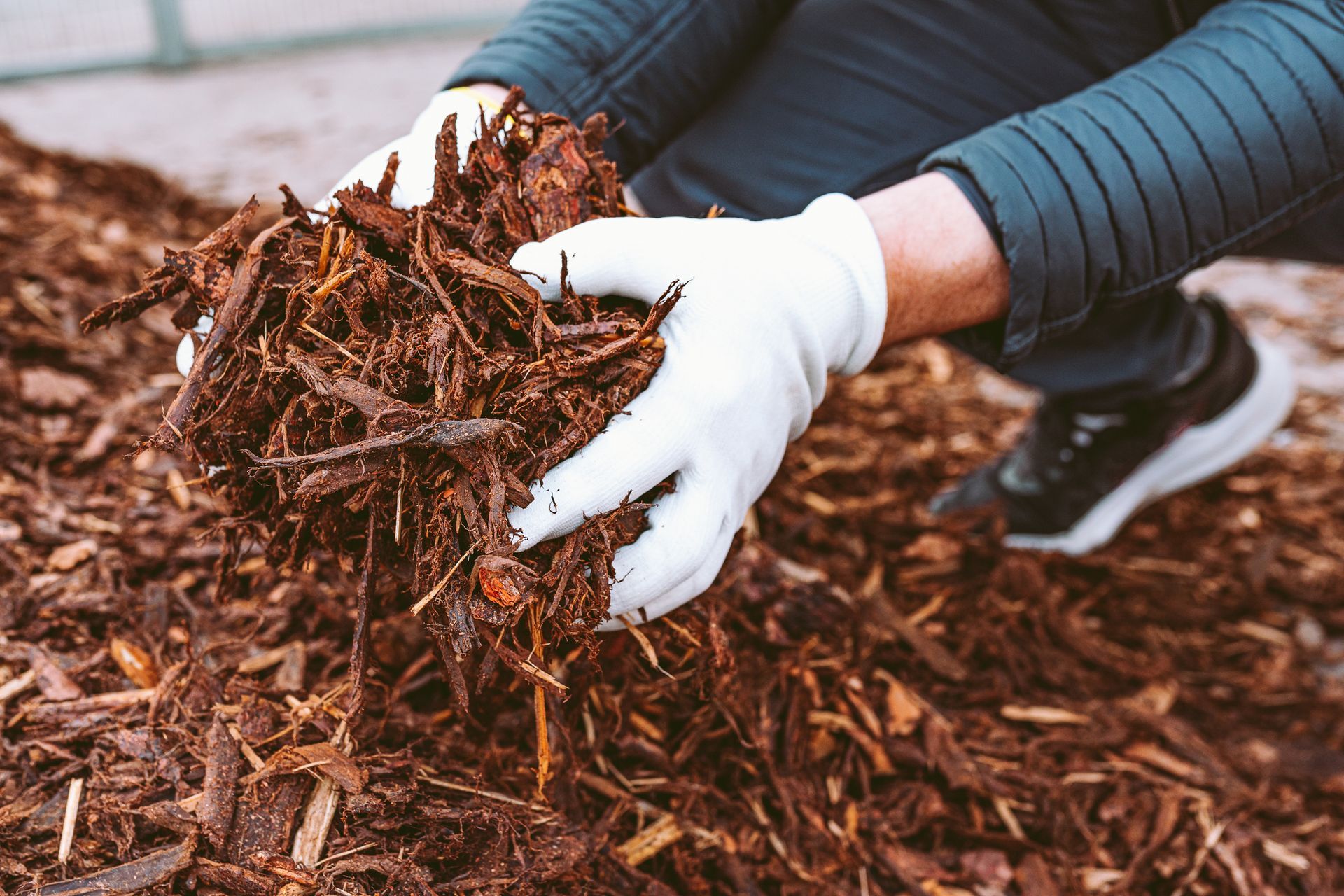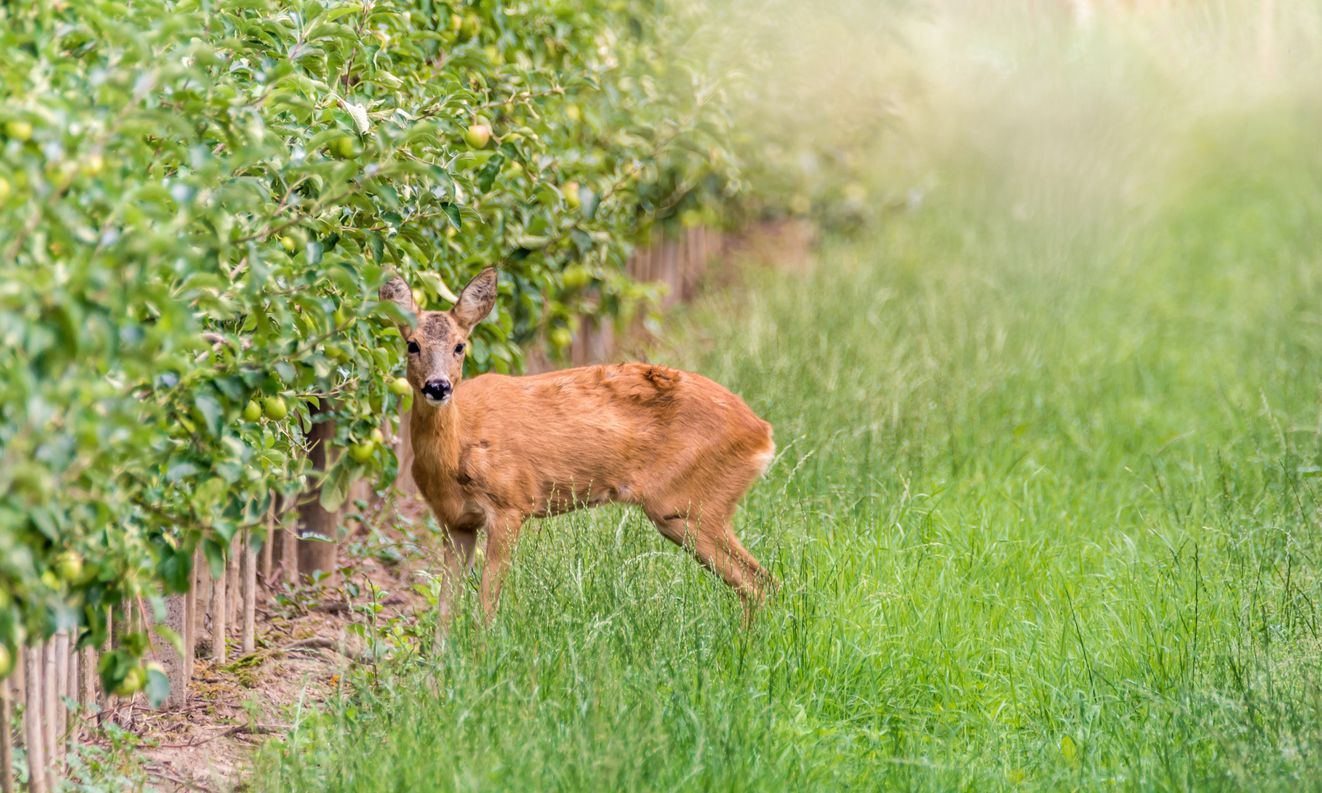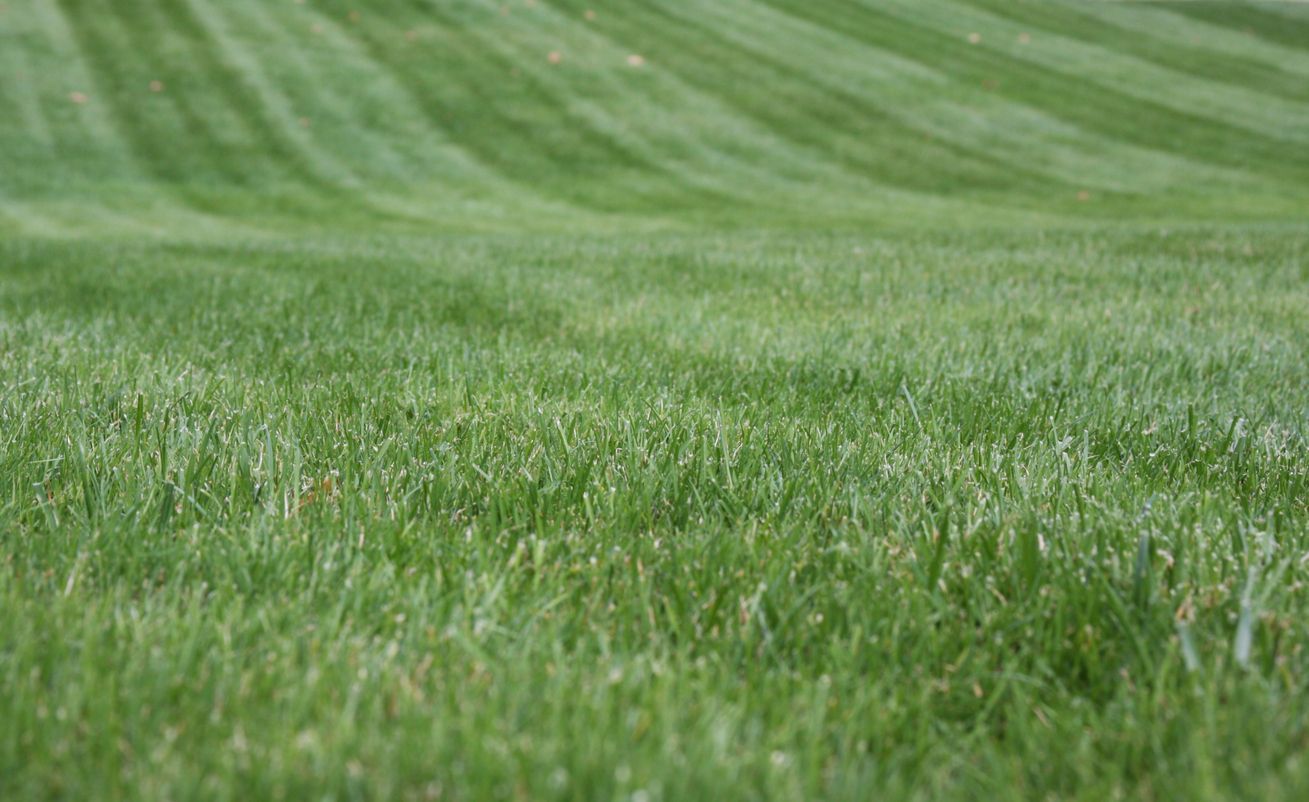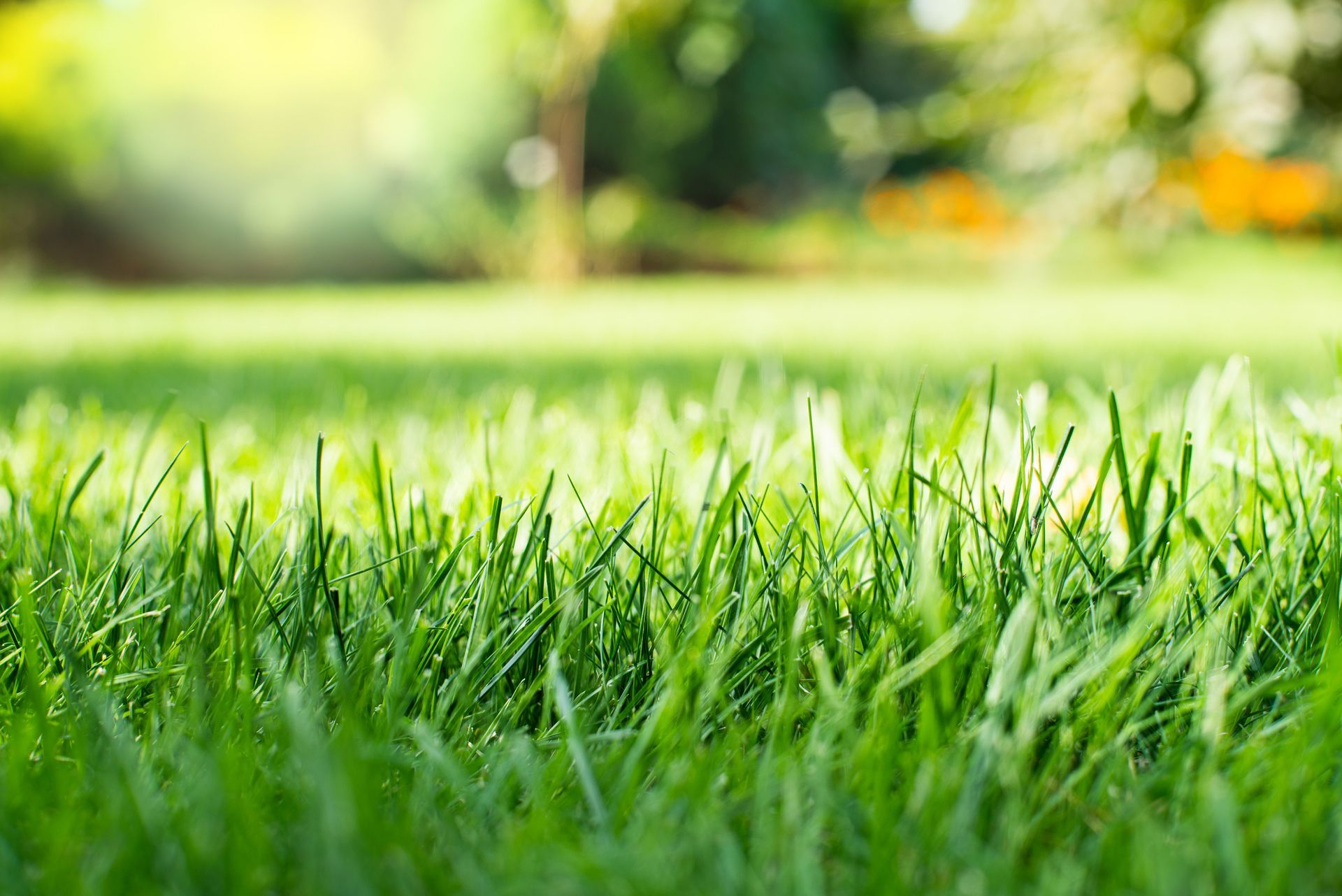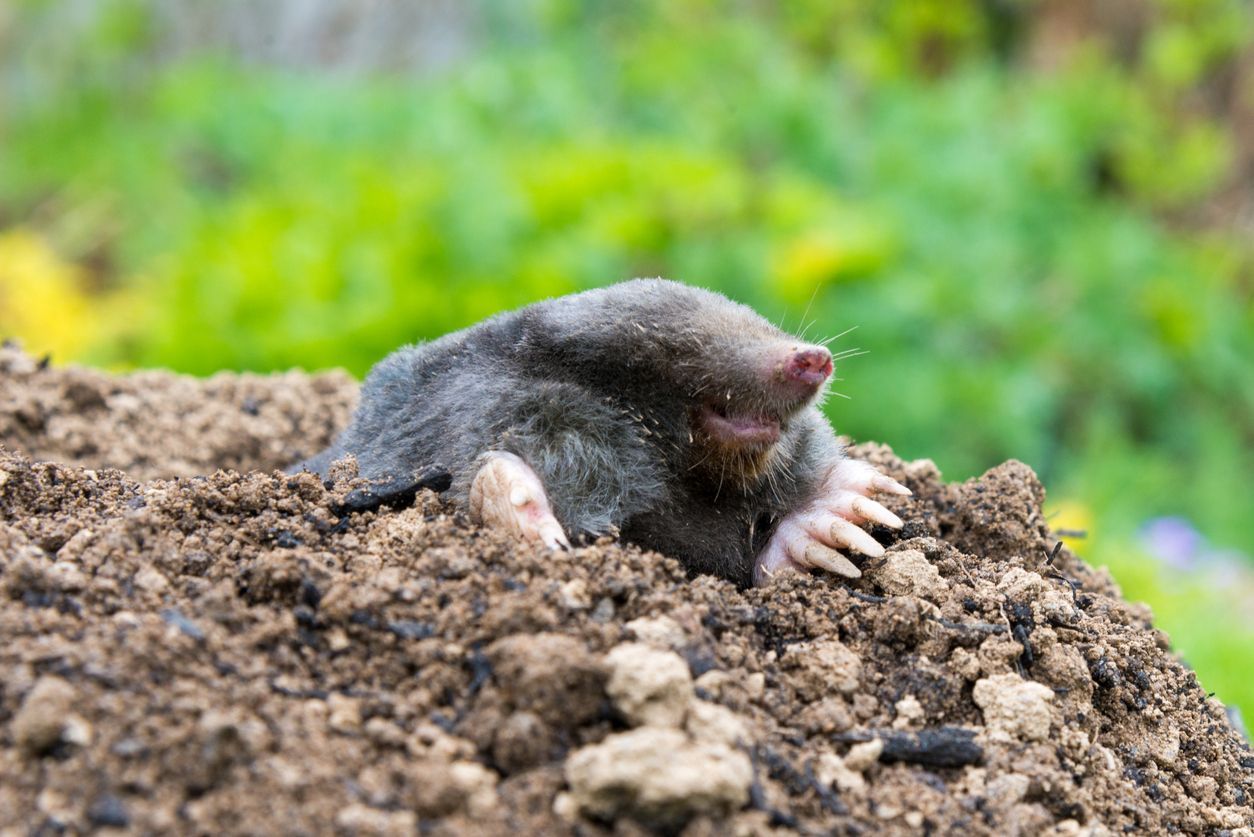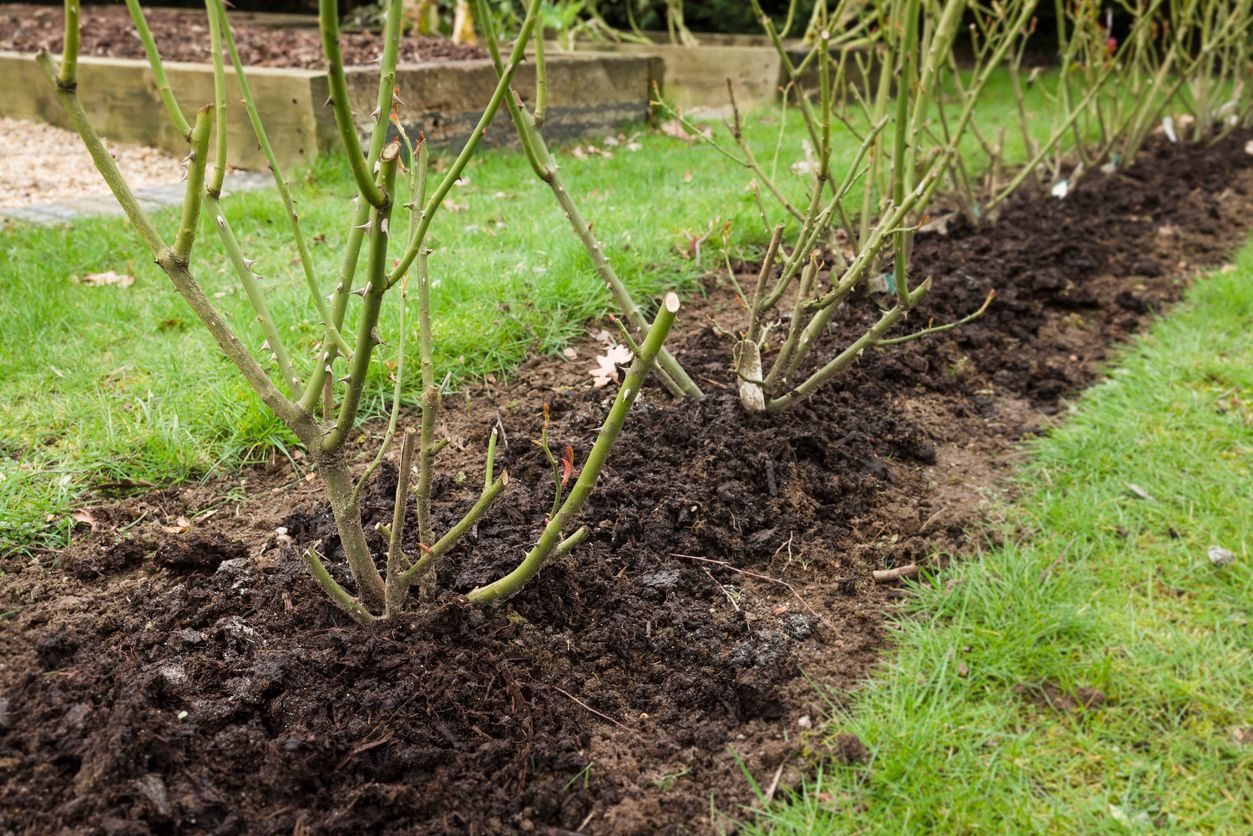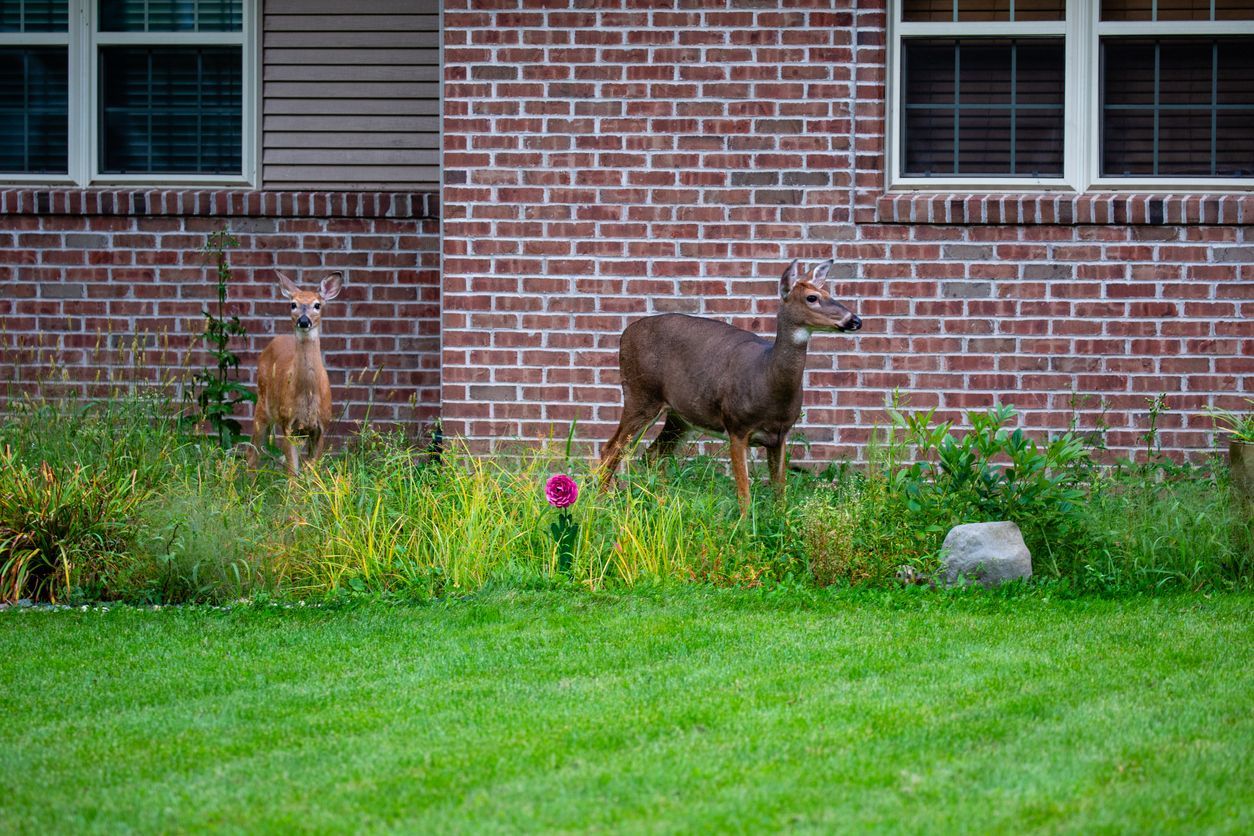Fall Rose Pruning: A Guide to a Healthier, Lovelier Garden
Serving: Versailles, Barnett, Eldon, Four Seasons, Osage Beach, Sunrise Beach & Lake Ozark
Roses are a quintessential part of many gardens, prized for their beauty and fragrance. As the fall season arrives and cooler weather sets in, it’s time to start thinking about rose care. One of the most important tasks for maintaining healthy, vibrant roses is pruning. While spring and summer pruning are well-known, fall is a crucial time for preparing your rose bushes for the colder months ahead and setting them up for a successful spring bloom.
In this blog post, we’ll explain why pruning roses in the fall is important, when and how to do it, and provide tips for maintaining your roses throughout the winter months.
Why Prune Roses in the Fall?
Fall pruning is a critical part of rose care. However, it differs from the more significant pruning you might do in late winter or early spring. Here are the main reasons why pruning your roses in the fall is beneficial:
1. Prevent Winter Damage
As roses go dormant in the fall, their canes become more vulnerable to the harsh winter weather, especially in areas that experience heavy snow or freezing temperatures. Pruning helps remove any dead, weak, or damaged wood that could break off under the weight of snow or ice. These damaged canes can also create entry points for pests or diseases. By cutting them back, you protect the bush from further harm during the winter.
2. Improve Air Circulation
Removing old, diseased, or crowded canes in the fall helps improve airflow around the plant, which can reduce the likelihood of fungal diseases like black spot or powdery mildew. Proper air circulation also helps prevent moisture from accumulating on the canes, which could lead to rot during the winter.
3. Shape the Plant
While fall is not the time for heavy pruning, you can still do some light shaping. This is particularly helpful for preventing wind damage, as well-pruned bushes are less likely to become top-heavy or unbalanced. Trimming back any unruly canes will help the plant maintain a more compact shape as it prepares for dormancy.
4. Encourage Healthy Growth in Spring
Fall pruning helps prepare the plant for the upcoming growing season. By removing dead or weak growth, you allow the rose bush to focus its energy on stronger canes, which will result in healthier and more vigorous growth come spring. The structure of the plant will be more balanced, which can promote better flowering when warmer weather returns.
When to Prune Roses in the Fall
Timing is key when it comes to fall pruning. You don’t want to prune your roses too early, as this could stimulate new growth that would be vulnerable to early frosts. You also don’t want to wait until the harshest part of winter, when you risk damaging the plant while it’s fully dormant.
Best Time to Prune Roses in the Fall: The ideal time for light pruning of roses is after their final bloom of the season, but before the first hard frost. This typically falls between late September and early November, depending on your climate zone. In warmer regions, you may have a bit more flexibility, but in colder climates, it’s best to prune before the temperatures consistently drop.
If you're unsure, wait until you’ve had a couple of light frosts, which signal that the plant is going dormant and won’t be affected by a bit of pruning.
How to Prune Roses in the Fall
Pruning roses in the fall should be a light and focused task. Here’s how to do it step by step:
1. Gather Your Tools
To prune roses, you’ll need a few basic tools:
- Pruning shears (sharp and clean)
- Loppers for larger canes
- Gardening gloves (to protect your hands from thorns)
- Disinfectant (to clean tools and prevent disease spread)
2. Remove Dead or Damaged Wood
Start by cutting away any dead, diseased, or damaged canes. These will be brown or black and may have a dry or shriveled appearance. Prune these canes all the way back to the healthy wood, cutting just above a bud or healthy growth point.
3. Trim Spindly or Weak Growth
Next, remove any thin, spindly growth. These are usually weak canes that won’t survive the winter or contribute much to the plant’s vigor in the spring. Focus on cutting out any stems that are crossing one another or growing inward toward the center of the bush, as this can prevent good airflow.
4. Shape the Plant
Lightly shape the rose bush by trimming back any long, leggy canes that may be prone to wind damage or breakage. Aim for a shape that is open and balanced, allowing good air circulation around the plant. Avoid drastic cuts, as too much pruning can stress the plant and leave it vulnerable over the winter.
5. Cutting Height
For most rose varieties, you can trim the plant back by about 1/3. You don’t want to cut it down too much, as roses still need enough healthy cane and foliage to protect themselves during the winter months. Focus on cutting away only the dead or weak parts of the plant, leaving the healthier canes intact.
6. Clean Up
After pruning, make sure to clean up all the cuttings and leaves around the base of the rose bush. Fallen leaves and debris can harbor pests and diseases, so it’s essential to remove them from your garden. You can compost healthy plant material but avoid composting diseased canes or leaves.
Fall Pruning Tips for Different Types of Roses
- Hybrid Tea Roses: These roses typically benefit from light pruning in the fall to remove dead and weak wood, but they don’t require heavy cuts until spring. You can also remove any spent flowers to tidy up the plant.
- Climbing Roses: For climbing roses, fall is the time to cut back any lateral stems that are long or scraggly, but don’t prune the main canes. These roses need a more significant cutback in the spring to shape the plant and encourage new growth.
- Shrub Roses: These can be pruned similarly to hybrid teas in the fall. Focus on deadheading, removing spent flowers, and cutting back any dead or diseased canes.
- Knock Out Roses: These hardy, low-maintenance roses don’t require much fall pruning, but removing dead or diseased wood is always a good idea. Avoid cutting them back too much, as they’re tough plants and can handle a little extra growth.
This is a subtitle for your new post
After you’ve pruned your roses, take a few steps to prepare them for the colder months:
- Mulch the Base: Apply a 2-3 inch layer of mulch around the base of the plant to insulate the roots and protect them from freezing temperatures. Be careful not to cover the crown of the plant, as this can cause rot.
- Watering: Ensure your roses receive deep watering in the fall, especially if you live in an area with dry winters. Proper hydration before winter dormancy helps roses survive the cold months.
- Winter Protection: In areas where temperatures dip below freezing, you may want to wrap your rose bushes with burlap or use a rose cone for extra protection against frost and cold winds.
Conclusion
Pruning your roses in the fall is an essential part of maintaining healthy plants and ensuring they thrive through the winter. By carefully removing dead or damaged wood, shaping the plant, and preparing it for the colder months, you set your roses up for success in the spring. With a little attention and care, your rose bushes will reward you with beautiful blooms and healthy growth year after year.
So, grab your pruning shears and get ready to give your roses the care they deserve—your garden will thank you for it come spring!

